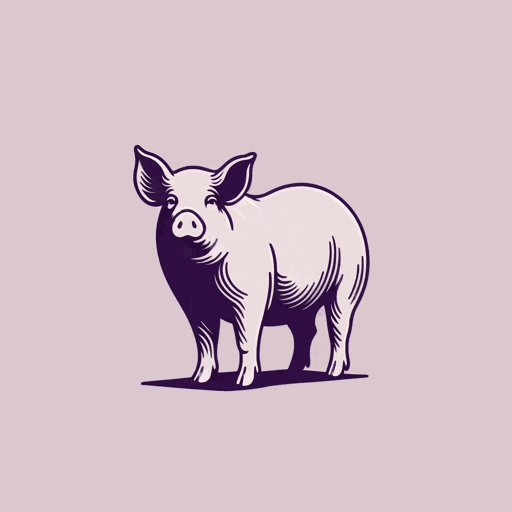70 pages • 2 hours read
George OrwellAnimal Farm
Fiction | Novel | Adult | Published in 1945A modern alternative to SparkNotes and CliffsNotes, SuperSummary offers high-quality Study Guides with detailed chapter summaries and analysis of major themes, characters, and more. For select classroom titles, we also provide Teaching Guides with discussion and quiz questions to prompt student engagement.
Themes
Humans Versus Animals
Underlying Animal Farm is the question: Are humans better than animals? Orwell presents his animal characters anthropomorphically—i.e., with human characteristics and actions. They embody a variety of personality traits that we recognize in people every day: the rabble rouser (Major), the inspiring leader (Snowball), the corrupt tyrant (Napoleon), the dedicated and loyal worker (Boxer), etc. Thus, Orwell’s purpose is to depict human nature under an unfamiliar and whimsical guise.
In Animal Farm, humans and animals are presented as being on the same level and as interacting as equal beings. We are accustomed to speaking of animal behavior as savage and cruel, but Orwell asks us to reflect on whether human behavior is really different from that of animals. Like the animals in the book, humans have led violent revolutions, engaged in corrupt rule, carried out murder under the guise of charity (as happens with Boxer), and bent morality to suit their desires. On the other hand, the animals are also capable of displaying virtues like hard work, loyalty, kindness, and self-sacrifice. Like human beings, they show extremes of intelligence, cunning, and stupidity.
The idea that humans are little different from animals is driven home in the final scene in the farmhouse, when the boundaries between human and the pig identities literally blur.
Related Titles
By George Orwell
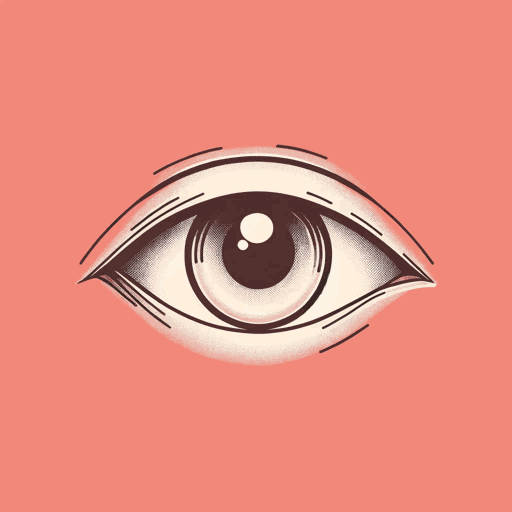
1984
George Orwell
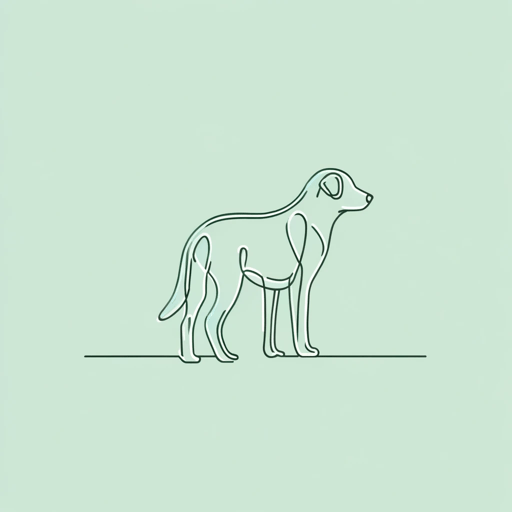
A Hanging
George Orwell

Burmese Days
George Orwell

Coming Up for Air
George Orwell

Down and Out in Paris and London
George Orwell

Homage To Catalonia
George Orwell

Keep the Aspidistra Flying
George Orwell

Politics and the English Language
George Orwell
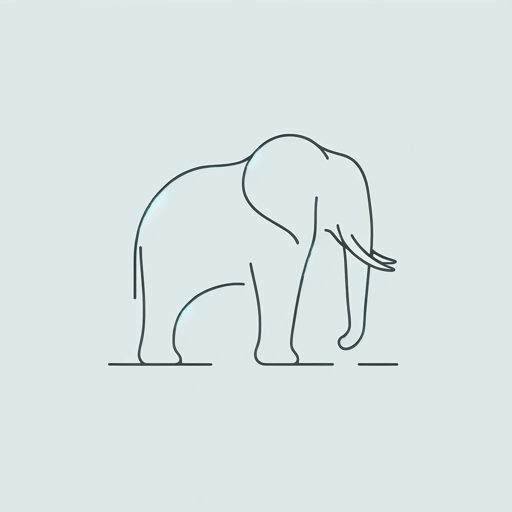
Shooting an Elephant
George Orwell
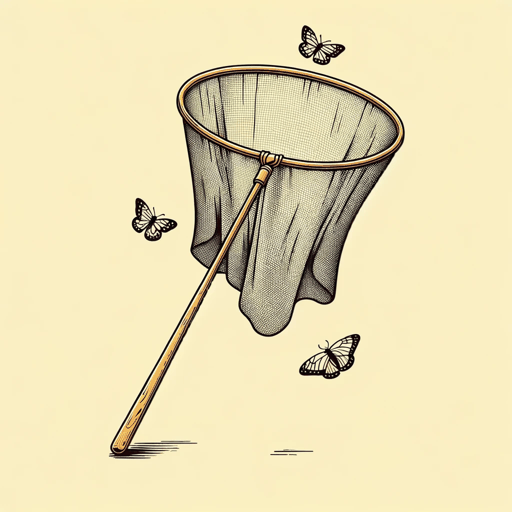
Such, Such Were the Joys
George Orwell
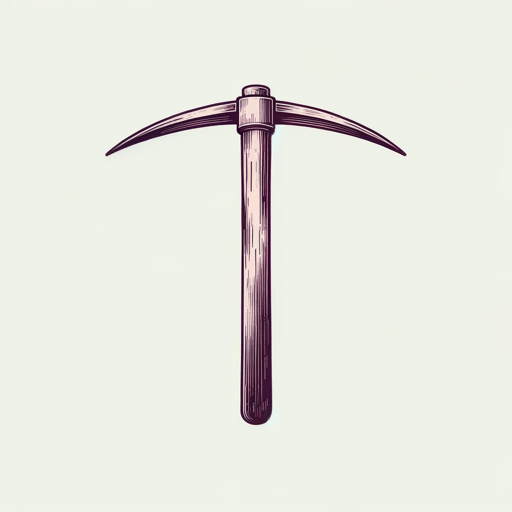
The Road to Wigan Pier
George Orwell

Why I Write
George Orwell
Featured Collections
Allegories of Modern Life
View Collection
Animals in Literature
View Collection
Audio Study Guides
View Collection
Banned Books Week
View Collection
British Literature
View Collection
Challenging Authority
View Collection
Community
View Collection
Equality
View Collection
European History
View Collection
Fantasy & Science Fiction Books (High...
View Collection
Goodreads Reading Challenge
View Collection
Philosophy, Logic, & Ethics
View Collection
Politics & Government
View Collection
Power
View Collection
Satire
View Collection
SuperSummary Staff Picks
View Collection
